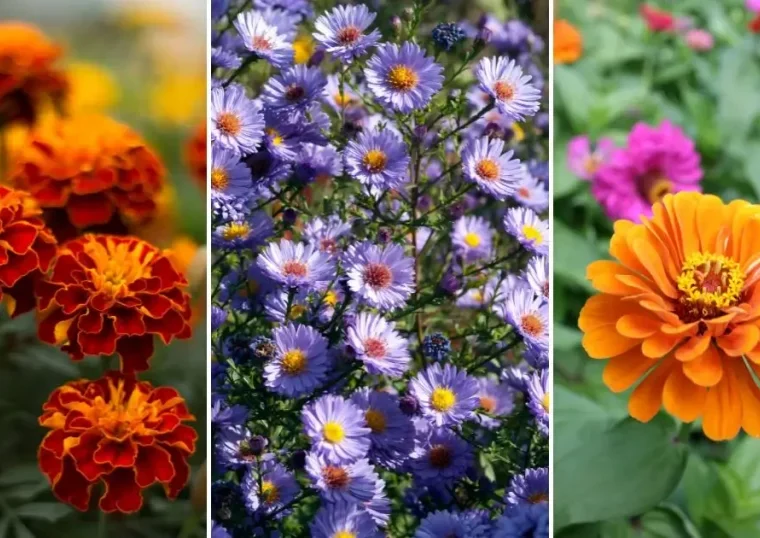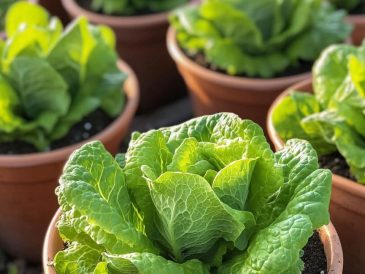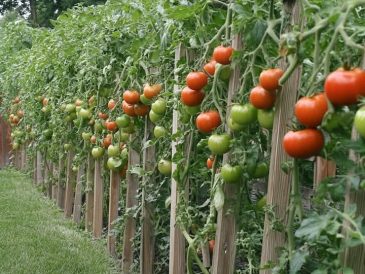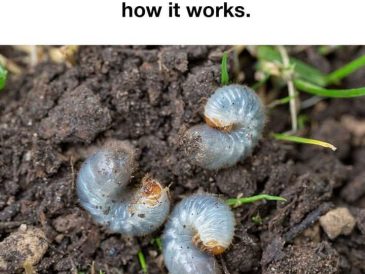grown as an annual in other areas.
The yellow and gold flowers of Coreopsis bloom on long, thin stems that rise above the foliage, creating a stunning display. They start appearing in late spring and continue to bloom non-stop until the end of fall. Regular deadheading can encourage even more flowers.
For optimal growth, plant Coreopsis in a sunny location. They make great ground covers and bedding plants that can add a pop of color to your garden.
PURPLE CONEFLOWER / ECHINACEA
The stunning Purple Coneflower is a must-have in every garden. This native plant produces large, purplish-pink flowers with a prominent cone-shaped center, which is why it is also called Echinacea.
New hybrids offer a wider variety of color and form choices now, making it even more desirable.
Propagation is easy through root or clump divisions, but once planted, this perennial prefers not to be disturbed.
The Purple Coneflower blooms continuously from summer through fall, and its flowers are not only beautiful but also have medicinal properties. They can be harvested to make a flavorful herbal tea.
ROSE OF SHARON/HARDY HIBISCUS
Rose of Sharon, a stunning perennial hibiscus, is perfect for USDA zones 5-8. This striking plant produces an array of gorgeous blooms in shades of pink, peach, and red.
While individual flowers may not be as large as those of tropical hibiscus, this hardy relative makes up for it with the sheer profusion of flowers it produces. From late spring to the first frost, it keeps producing blooms that are sure to impress.
To grow hardy hibiscus, make sure to plant it in rich, well-draining soil in a sunny location. If you live in an area with hot summers, some afternoon shade will be appreciated. Keep the soil moist with regular watering and mulching, and give it an occasional feeding to help the plant continue its impressive flower production.
RUDBECKIA
Rudbeckia, a native wildflower, has earned its place in our gardens thanks to its large, showy flowers and prolific blooming habit. The bright yellow petals surrounding the brownish black center disc create a striking contrast.
While Rudbeckia is a perennial, the smaller Rudbeckia hirta can be grown as an annual if started early enough. They start flowering in early summer and continue until fall in most zones. However, in areas with hot summers, flowering may start in fall and extend into winter. To grow Rudbeckia, plant them in a sunny location with rich, well-draining soil. Keep the soil moist with regular watering and occasional feeding to promote continued flower production.





